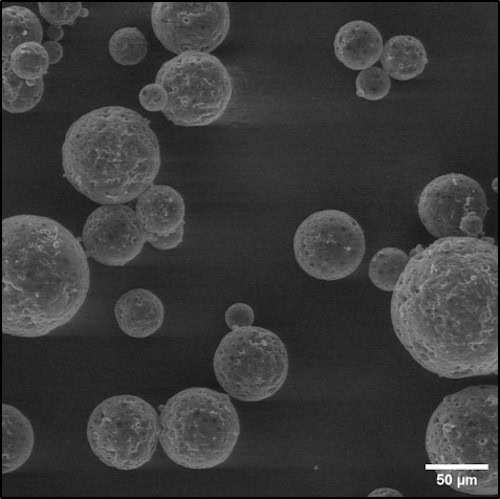For years, scientists have been fascinated by the challenge of mixing water and oil without the use of surfactants. Surfactants are substances that lower the surface tension of a liquid, allowing it to blend with another liquid that it would not normally mix with. However, a recent study in Physics World has shown that it is possible to achieve this feat by exploiting the natural properties of the two liquids.
Researchers have long used surfactants to stabilize the interface between water and oil, but a new study has revealed that there are naturally occurring factors in both liquids that can reduce their interfacial tension without the need for added chemicals. Specifically, silica nanoparticles were found to be effective at creating a stable interface between water and oil.
These nanoparticles have a high affinity for both water and oil, which allows them to form a strong bond between the two liquids. This reduces the interfacial tension between them, making it possible to mix them together without using surfactants. The implications of this discovery could be far-reaching, as it opens up new possibilities for industries such as pharmaceuticals, cosmetics, and food production. By understanding how to manipulate the natural properties of water and oil, researchers are uncovering new ways to blend these two liquids together without resorting to harmful chemicals.
In conclusion, while surfactants have long been used to mix water and oil together, recent research has shown that this can be achieved through other means. By leveraging natural properties of both liquids and using nanoparticles as an alternative stabilizer, researchers are opening up new avenues for blending these two seemingly incompatible liquids together without harming our environment or health.


